Double benefits from intercropping
According to the Department of Agriculture and Environment, Dak Nong currently has 143,000 hectares of coffee, of which the area intercropped with other crops is about 60,000 hectares.
Intercropping brings many advantages, helping farmers reduce production costs and helping coffee gardens grow and develop better, adapting effectively to the weather.
The coffee garden intercropped with fruit trees of Mr. Do Van Binh in Quang Phu commune, Krong No district (Dak Nong) grows well in the dry season.
Mr. Do Van Binh's family in Quang Phu commune, Krong No district (Dak Nong) has more than 5 hectares of land for production. In addition to coffee, Mr. Binh has intercropped many valuable trees such as: 600 durian trees, 034 avocado trees over 600 trees and fruit trees such as mango, sapodilla, guava...
To make taking care of the multi-tree model convenient and easy, he has applied advanced technical processes such as: automatic irrigation system; plants that need a lot of water are watered a lot, plants that need less water he uses a drip irrigation system.
For a solution to reduce investment costs, Mr. Binh uses manure and bio-fertilizers to fertilize plants, improve soil fertility and provide nutrients for plants to grow better.
According to Mr. Binh, last season, his family harvested over 15 tons of durian, over 20 tons of avocado and over 50 tons of fresh coffee, with a total income of nearly 2 billion VND.
Growing durian and avocado in coffee gardens helps people in Nam Dong commune, Cu Jut district (Dak Nong) double their profits.
“Planting avocado and pepper in coffee gardens has many advantages. In particular, fertilizing coffee and pepper also benefits avocado trees to grow. In particular, planting avocado trees provides shade, wind protection, and moisture retention, so the amount of water for coffee in the dry season is less than when planting alone,” said Mr. Do Van Binh.
Meanwhile, Mr. Dieu Suot’s family in Dak Ngo commune, Tuy Duc district has 2 hectares of land for growing coffee. In recent years, Mr. Suot has intercropped about 1,000 grafted cashew trees and more than 100 macadamia trees in his coffee garden.
Mr. Dieu Suot said: “In recent years, cashew and macadamia trees have brought significant income to local people. Therefore, when the commune promoted afforestation, I bought these tree varieties to plant to increase forest cover and develop the economy.”
Mr. Nguyen Phi Hung's intercropping garden in Dak Buk So commune, Tuy Duc district (Dak Nong) is green all year round.
According to the People's Committee of Dak Ngo Commune, cashew and macadamia trees have advantages such as being easy to grow, suitable for the cultivation level of ethnic minorities, low investment capital and domestic consumption demand as well as high economic value. Therefore, the locality is always interested in investing and developing these trees.
According to the Central Highlands Institute of Agricultural and Forestry Science and Technology, intercropping avocado, durian, pepper, and jackfruit trees in coffee gardens is effective in regulating the garden's microclimate.
Intercropping helps increase humidity and reduce the necessary temperature in the dry season, contributing to maintaining ecological balance, helping coffee gardens grow and develop smoothly.
In reality, farmers who intercropped durian in coffee gardens with a density of 90 trees/ha increased their income by 60 - 150%; intercropping avocado with coffee increased their income by 40 - 90%.
Typically, many households grow pepper on pillars interspersed in coffee gardens with a density of 160 - 280 trees/ha, helping to increase income by 40 - 120%...
Adapt well to climate change
According to the assessment of the Central Highlands Institute of Agricultural and Forestry Science and Technology, intercropping brings many advantages. When intercropping, farmers reduce investment costs for each type of crop, increasing income per unit of cultivated area, from 3 to 5 times compared to pure coffee cultivation.
Therefore, in recent years, localities in the province have promoted the development of multi-purpose trees, contributing to improving the ecological environment and increasing forest cover. In Dak Song, Dak Mil, Cu Jut, Krong No districts... much attention is paid to developing agroforestry models.
Integrating crops on the same area helps people in Dak Lao commune, Dak Mil district gradually reduce the amount of irrigation water.
In addition to promoting and mobilizing people to plant specialty and multi-purpose trees, localities also actively guide people on planting and care techniques and build production value chains to improve production efficiency.
According to the Department of Agriculture and Environment, in Dak Nong, the average profit in a pure coffee garden is 42.4 million VND/ha. If intercropped with other crops, the profit in a coffee garden increases to 65 million VND/ha.
Similarly, the profit of cashew trees increased from 46 million VND/ha to 85 million VND/ha; pepper from 65 million VND/ha to 75 million VND/ha; durian from 80 million VND/ha to 300 million VND/ha and other crops also increased from 70 - 100 million VND/ha.
People in Quang Tin commune, Dak R'lap district (Dak Nong) intercrop coffee with fruit trees.
Intercropping is even more effective in areas where farmers apply appropriate intercropping measures and comply with local industrial and fruit tree development guidelines.
The profit from multi-purpose trees is 10-40 million VND/ha higher than that of coffee trees, depending on the type of tree. Currently, in order for multi-purpose trees to contribute to stabilizing the forest cover ratio, the professional sector and localities need to have solutions to develop reasonable agroforestry models, build a stable output market, and help multi-purpose trees develop sustainably.
Dak Nong province agricultural extension officers instruct people on techniques for caring for intercropping gardens.
According to the assessment of the Agriculture sector, intercropping in the direction of agroforestry also helps limit the phenomenon of soil erosion.
Dead plant residue from intercropping plants will provide an additional 24 - 26% of organic matter in the soil and limit and disperse pests that are harmful to coffee gardens.
Through production practice, in gardens applying the method of intercropping fruit trees not only helps increase coffee productivity by 25 - 30% but also contributes to shading, wind protection, moisture retention, and drought resistance for coffee gardens.
According to the Department of Agriculture and Environment of Dak Nong, the whole province has about 56,239 hectares of multi-purpose trees, including 6,749 hectares of cashew, 562 hectares of rubber, 7,311 hectares of durian, 5,062 hectares of avocado, 5,624 hectares of macadamia and other crops...
Source: https://baodaknong.vn/tang-do-am-can-bang-sinh-thai-nho-xen-canh-249083.html


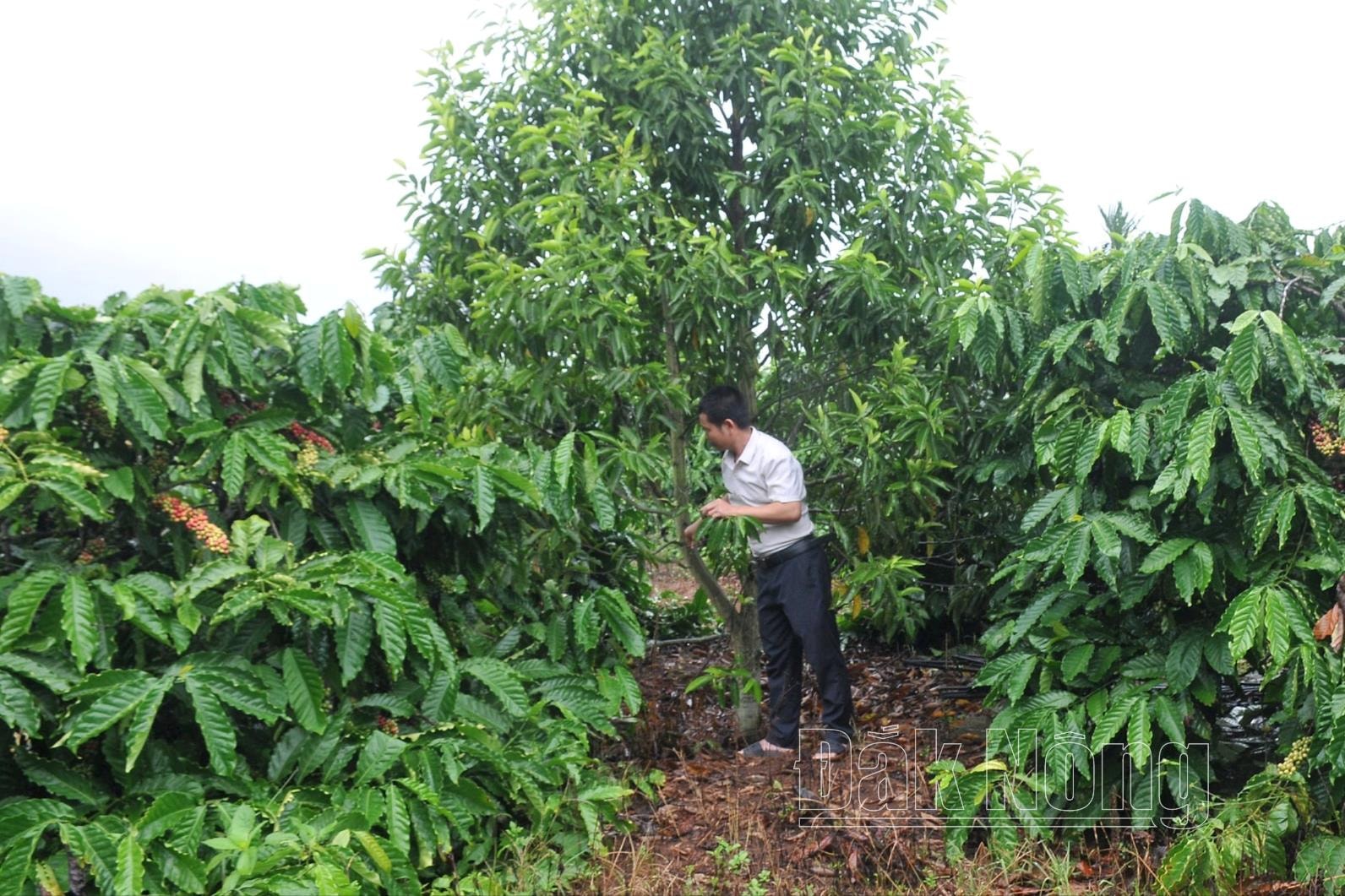
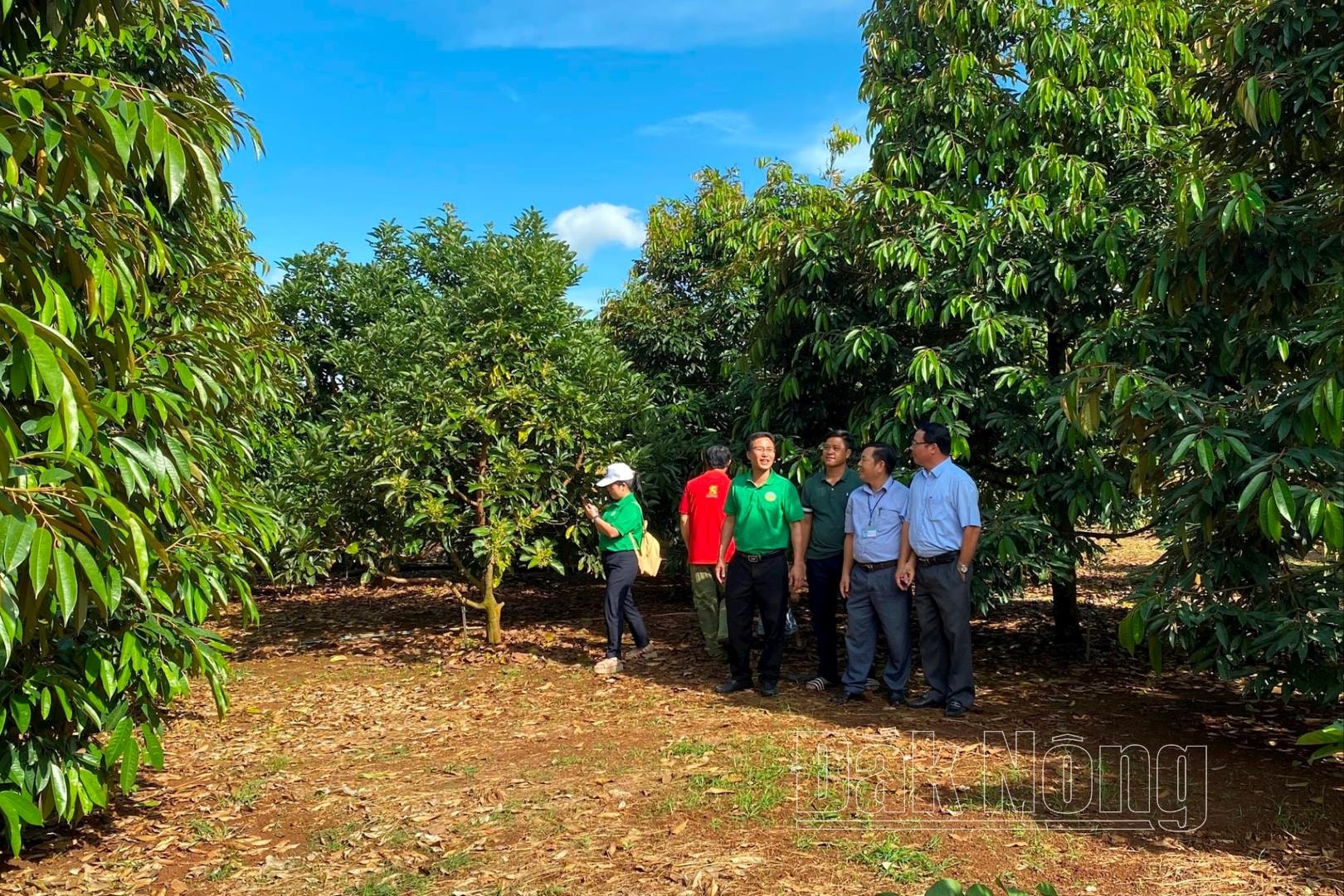
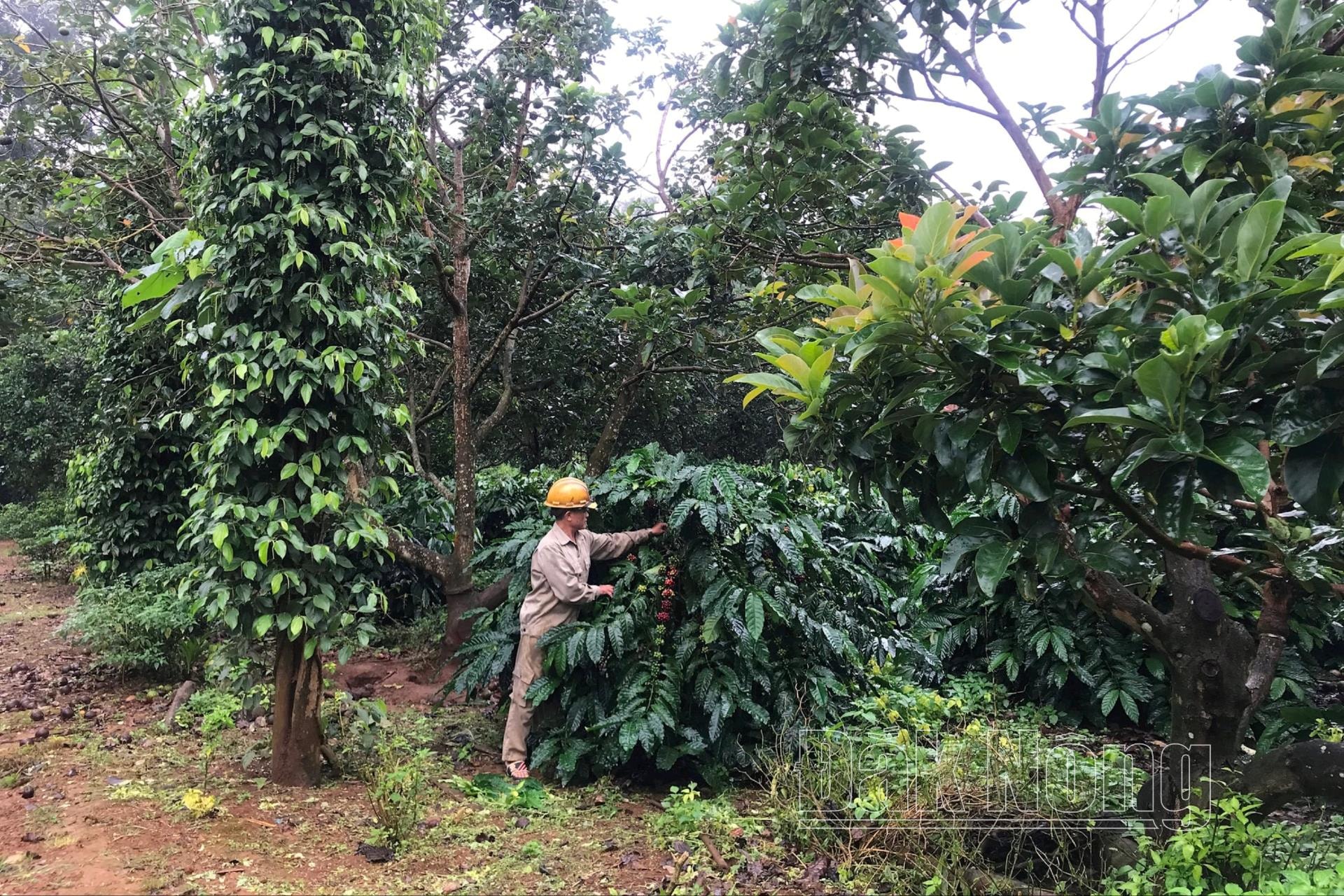
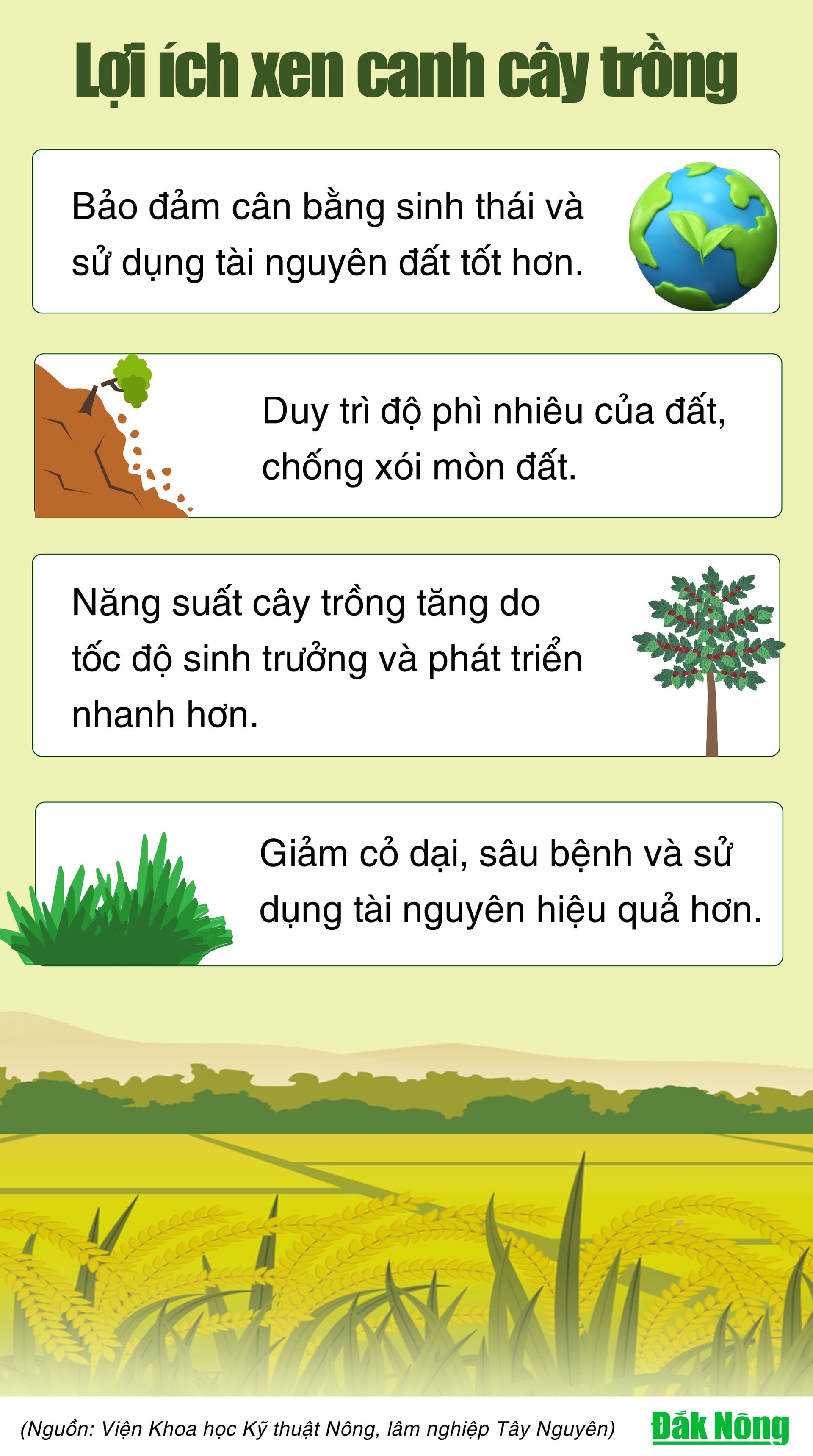
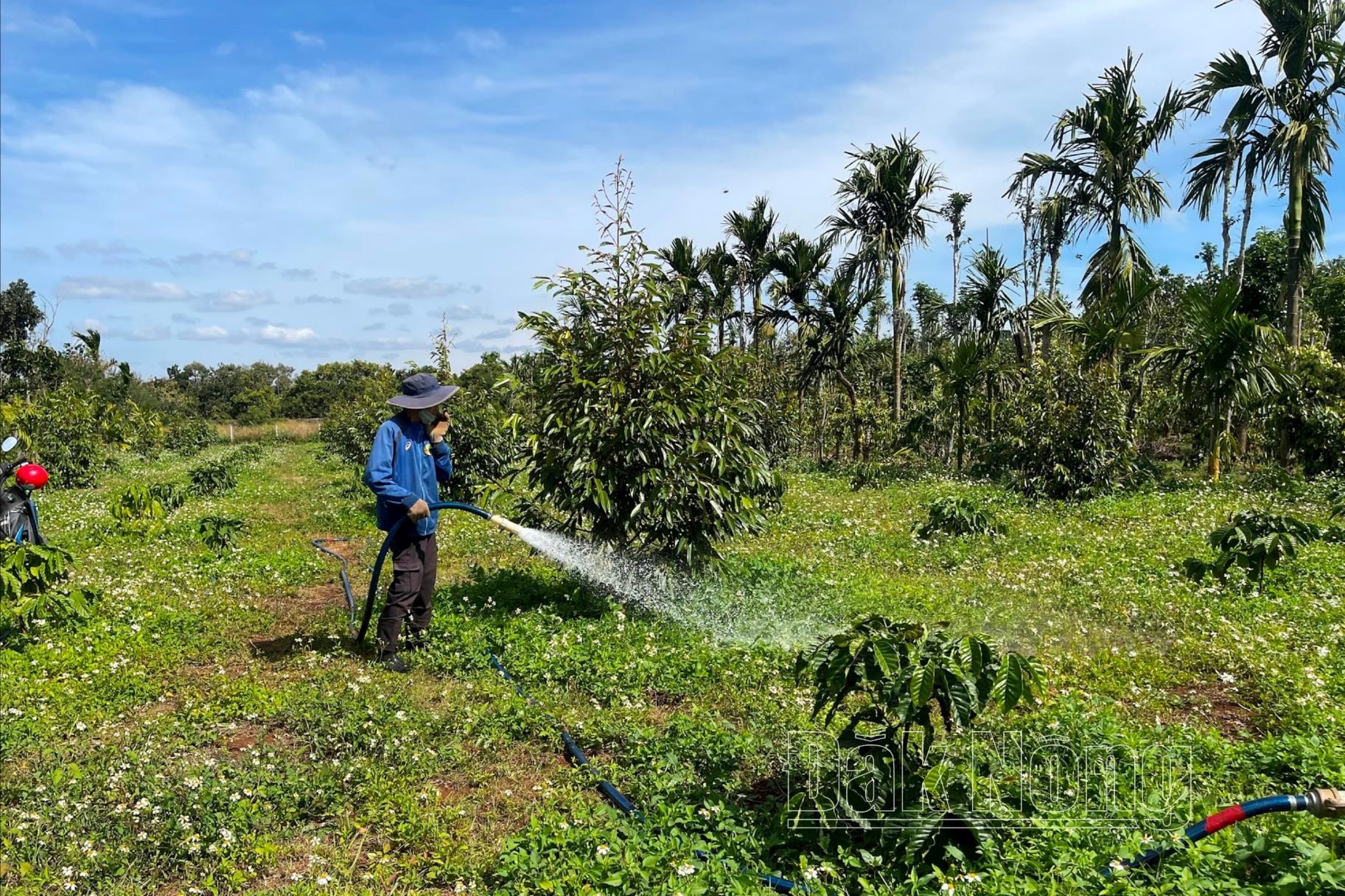
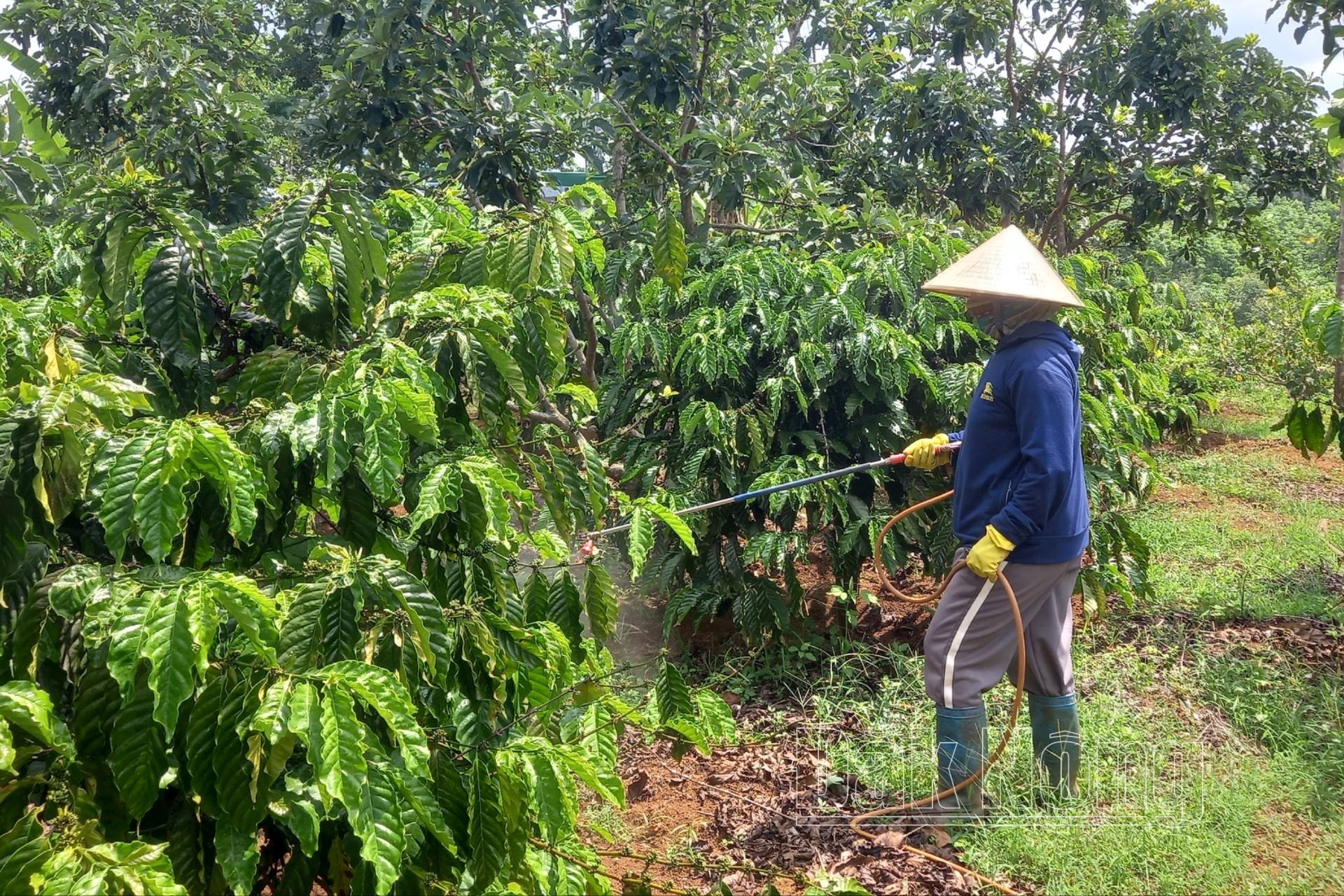
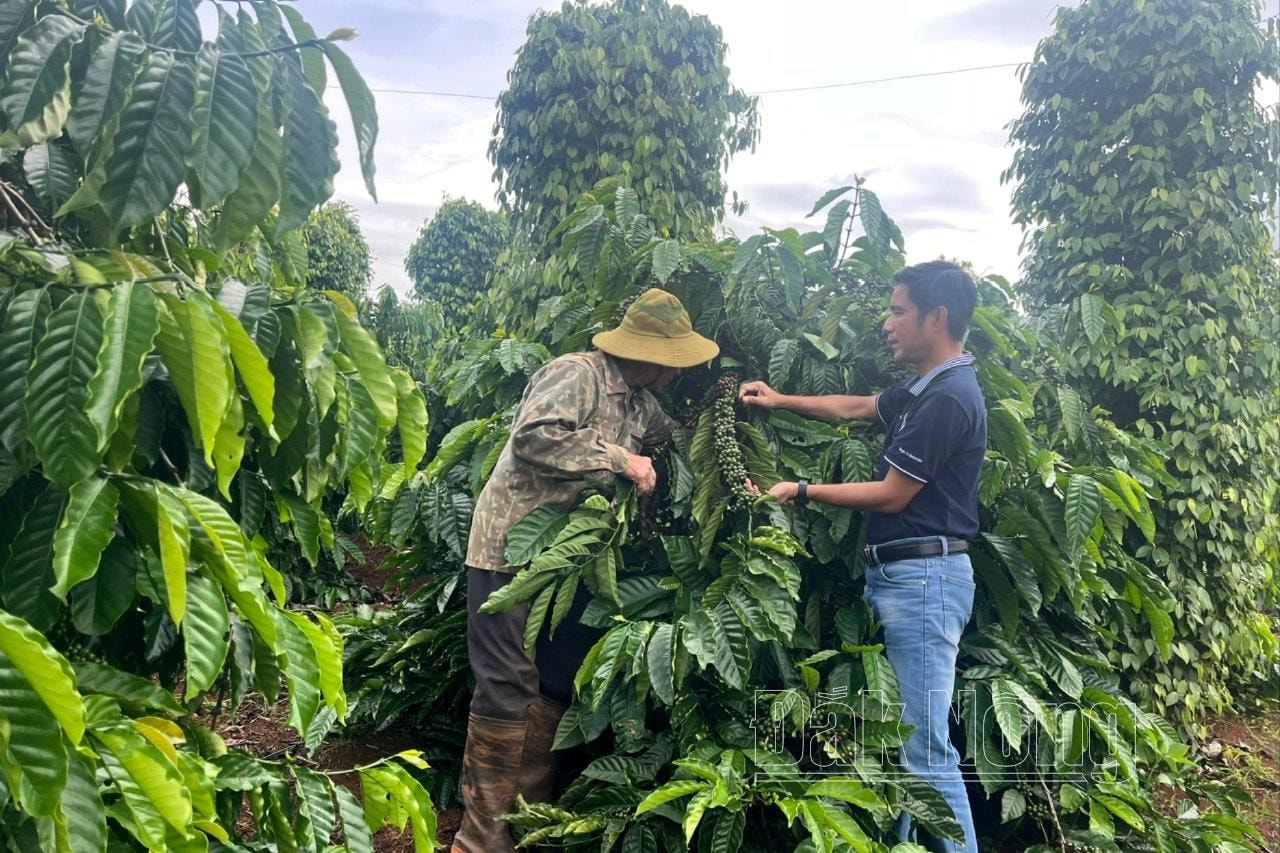
![[Photo] General Secretary To Lam begins official visit to Russia and attends the 80th Anniversary of Victory over Fascism](https://vphoto.vietnam.vn/thumb/1200x675/vietnam/resource/IMAGE/2025/5/8/5d2566d7f67d4a1e9b88bc677831ec9d)
![[Photo] General Secretary concludes visit to Azerbaijan, departs for visit to Russian Federation](https://vphoto.vietnam.vn/thumb/1200x675/vietnam/resource/IMAGE/2025/5/8/7a135ad280314b66917ad278ce0e26fa)

![[Photo] President Luong Cuong presents the decision to appoint Deputy Head of the Office of the President](https://vphoto.vietnam.vn/thumb/1200x675/vietnam/resource/IMAGE/2025/5/8/501f8ee192f3476ab9f7579c57b423ad)
![[Photo] National Assembly Chairman Tran Thanh Man chairs the meeting of the Subcommittee on Documents of the First National Assembly Party Congress](https://vphoto.vietnam.vn/thumb/1200x675/vietnam/resource/IMAGE/2025/5/8/72b19a73d94a4affab411fd8c87f4f8d)
![[Photo] Prime Minister Pham Minh Chinh meets with the Policy Advisory Council on Private Economic Development](https://vphoto.vietnam.vn/thumb/1200x675/vietnam/resource/IMAGE/2025/5/8/387da60b85cc489ab2aed8442fc3b14a)
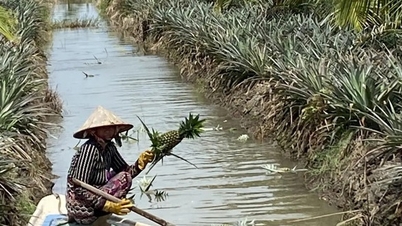

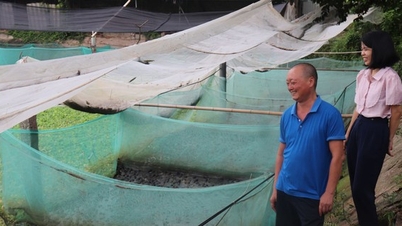

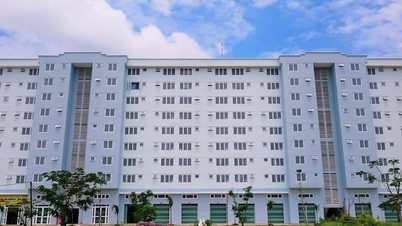
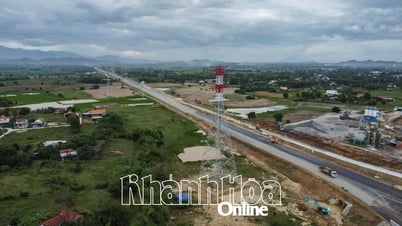


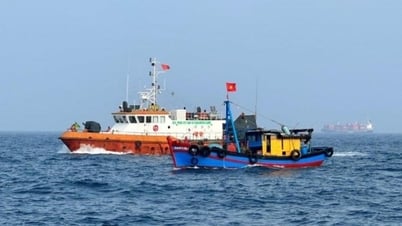









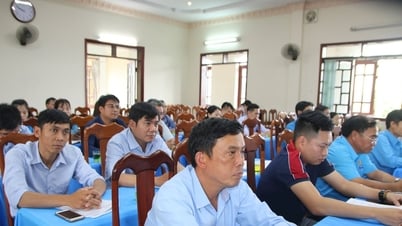

































![[Photo] Prime Minister Pham Minh Chinh talks on the phone with Singaporean Prime Minister Lawrence Wong](https://vphoto.vietnam.vn/thumb/402x226/vietnam/resource/IMAGE/2025/5/8/e2eab082d9bc4fc4a360b28fa0ab94de)





























Comment (0)